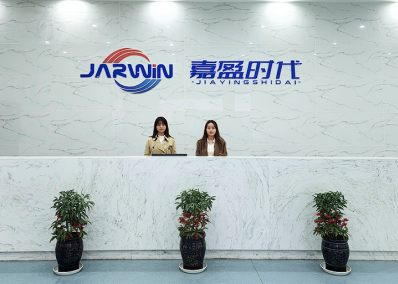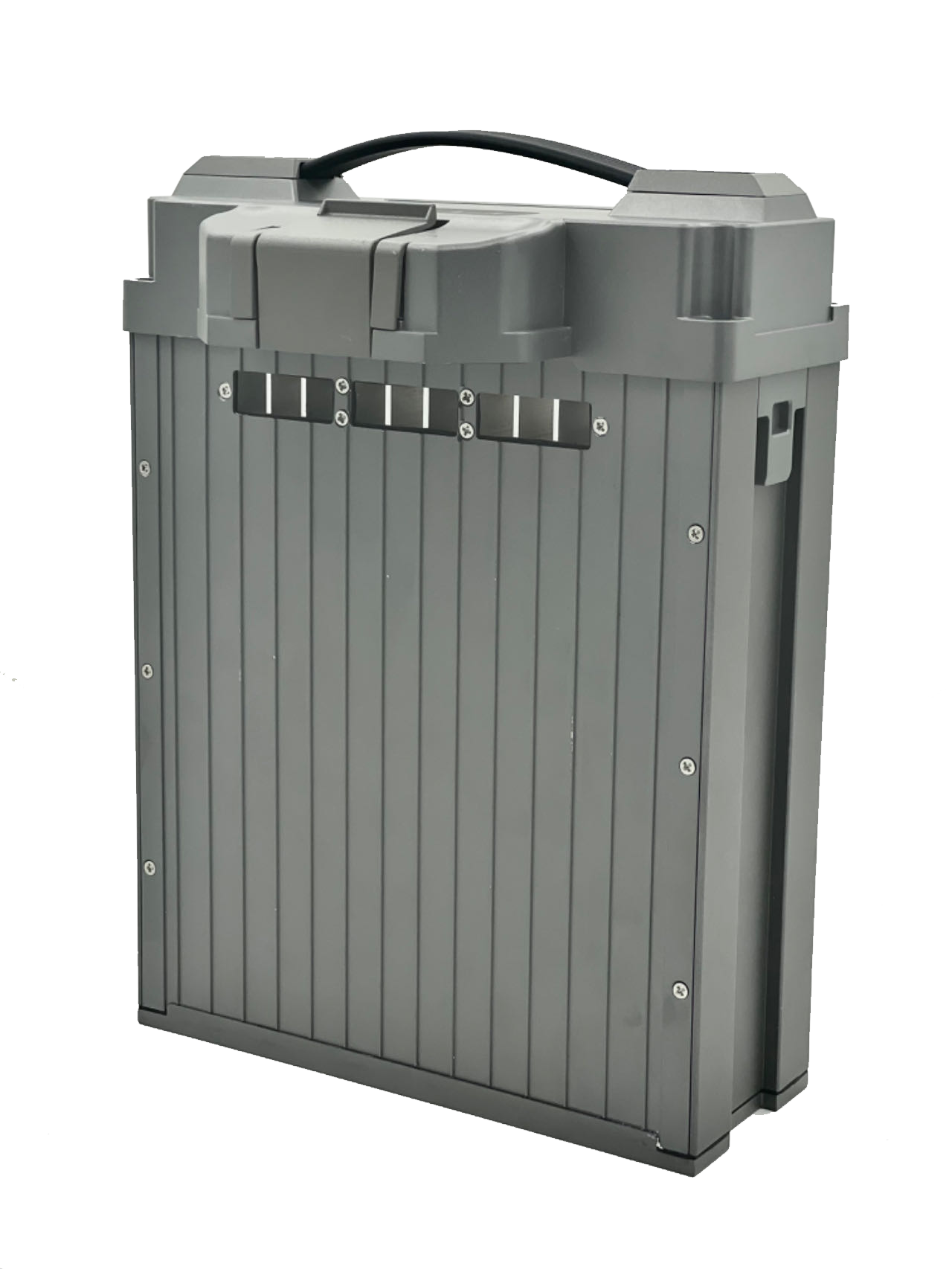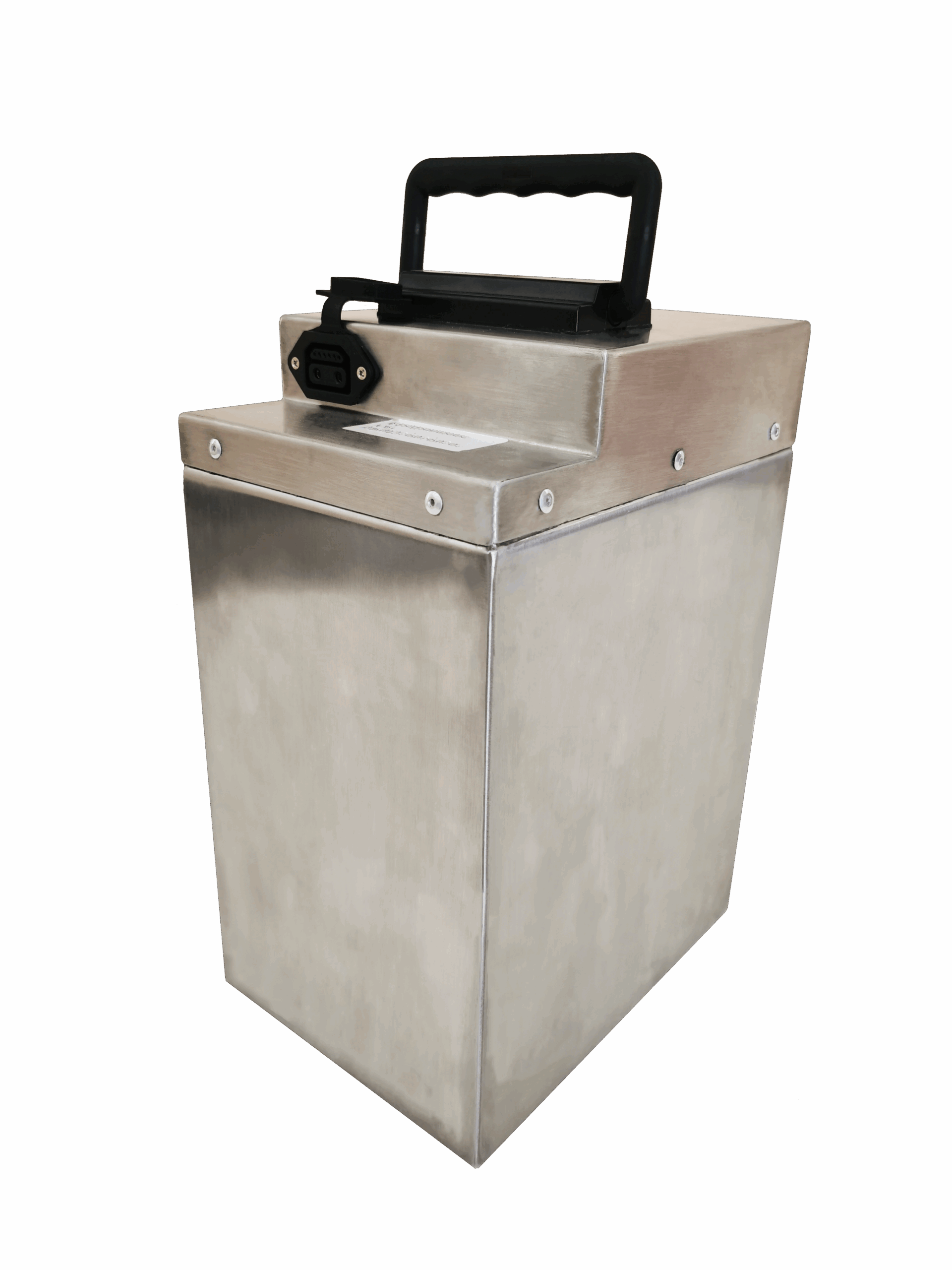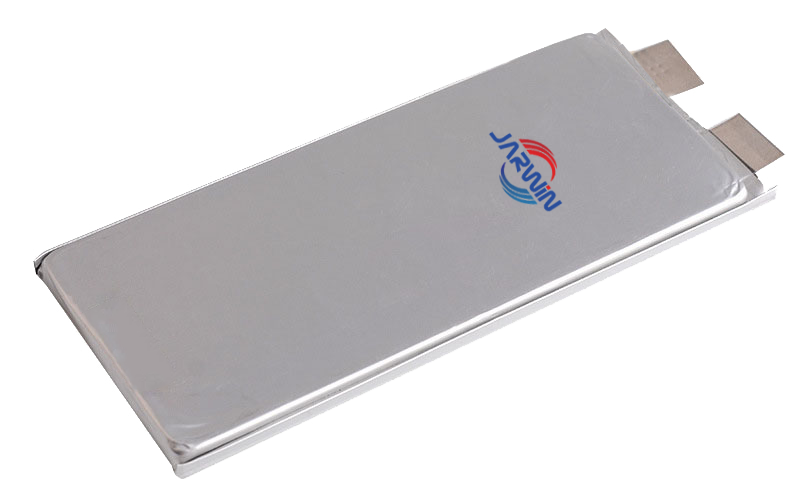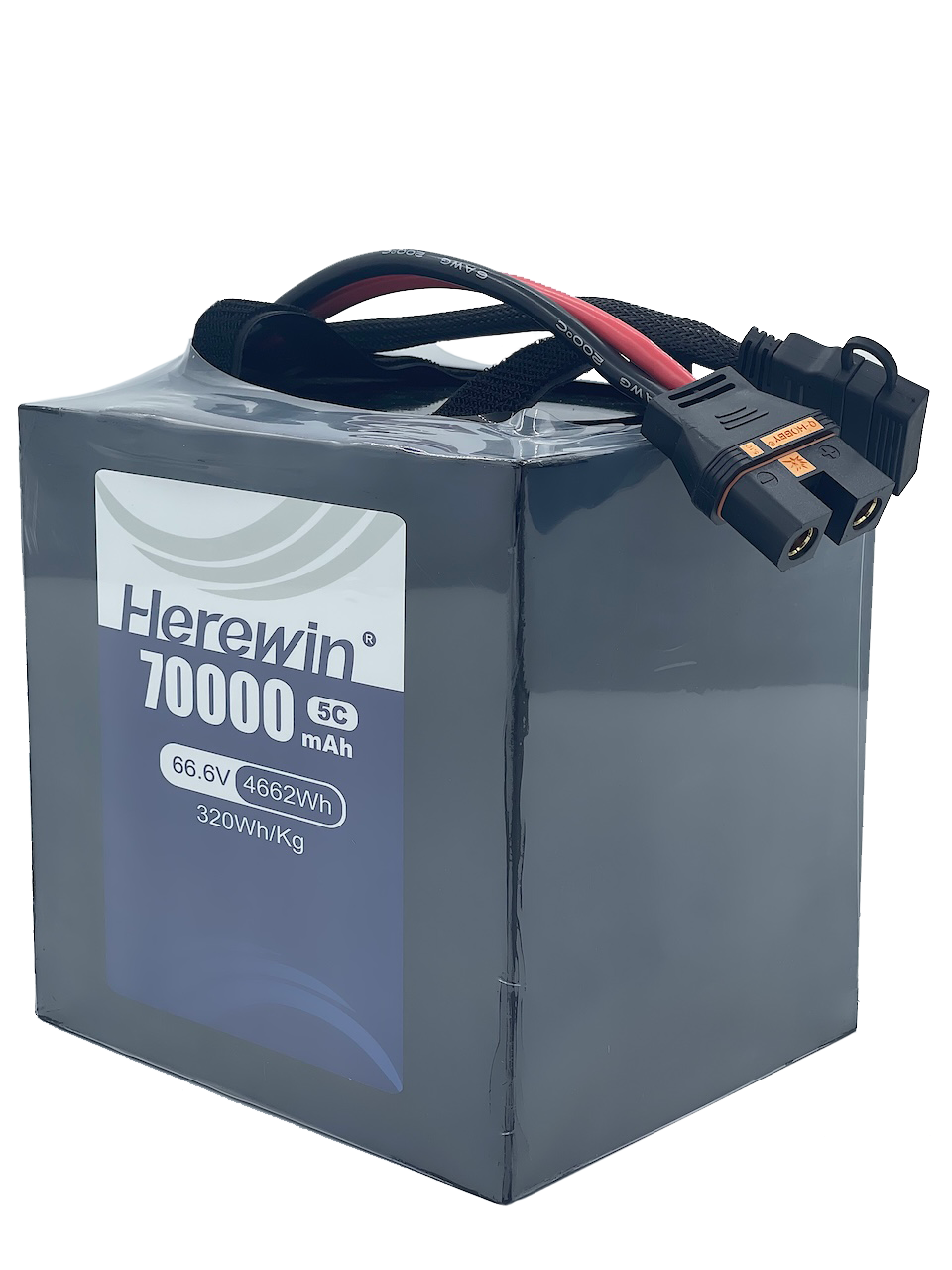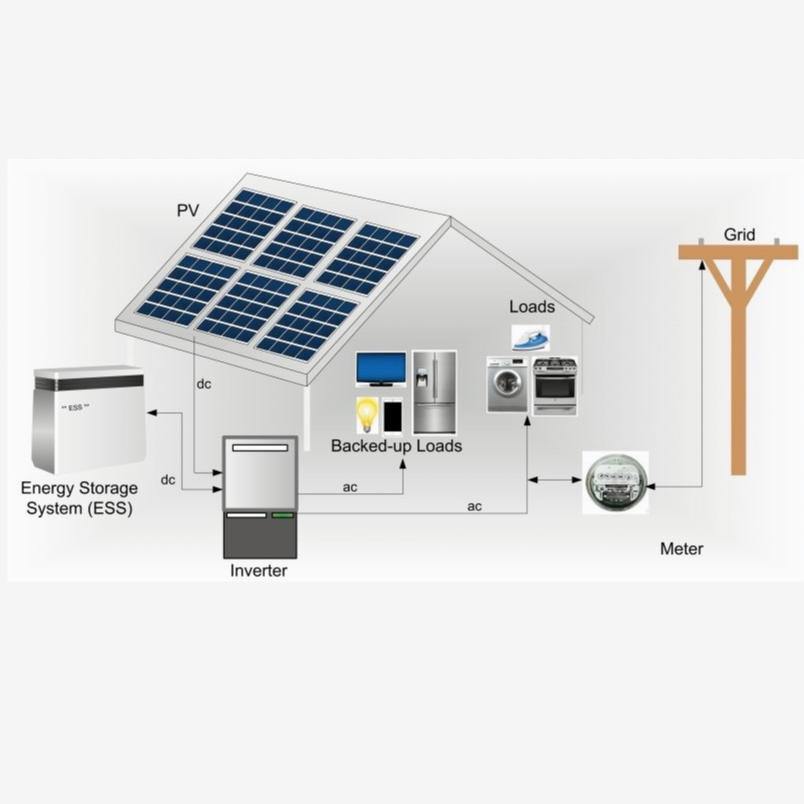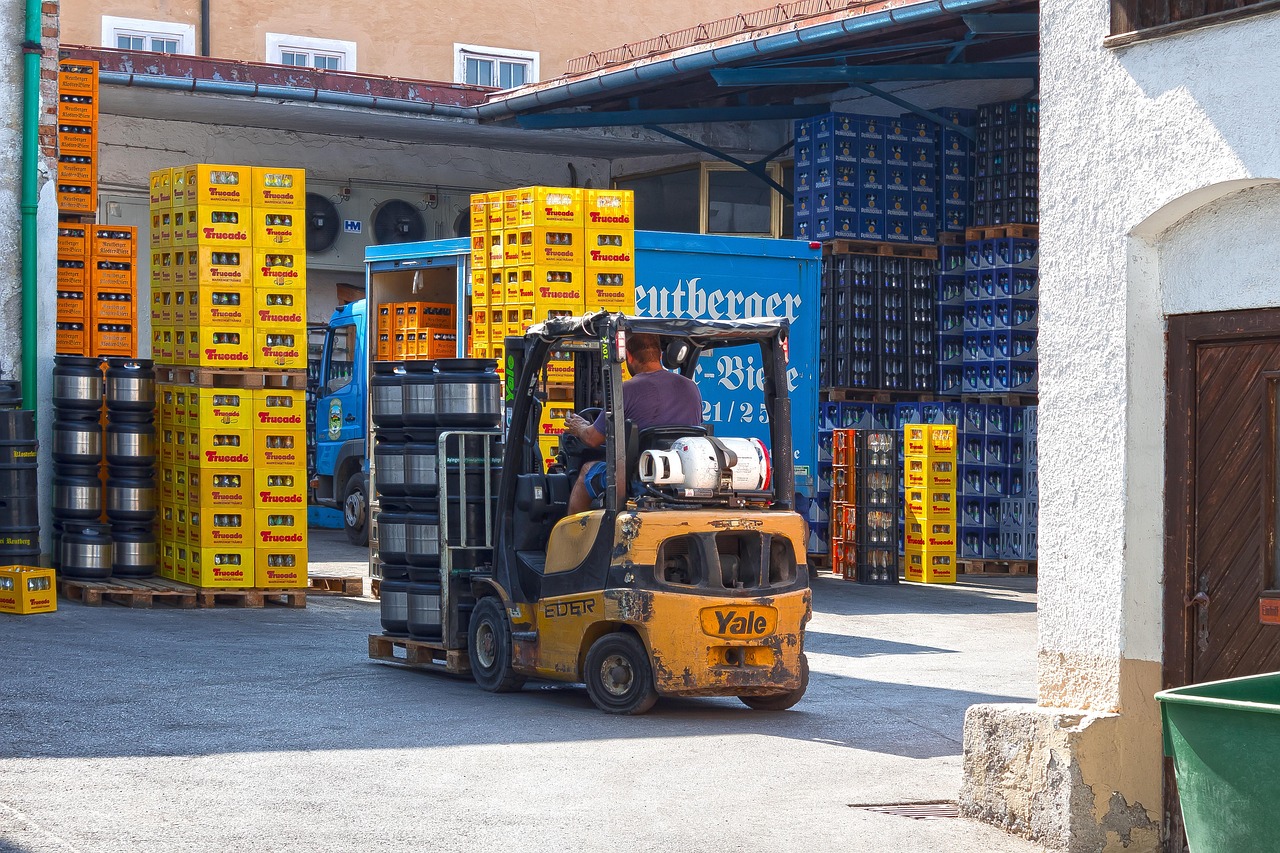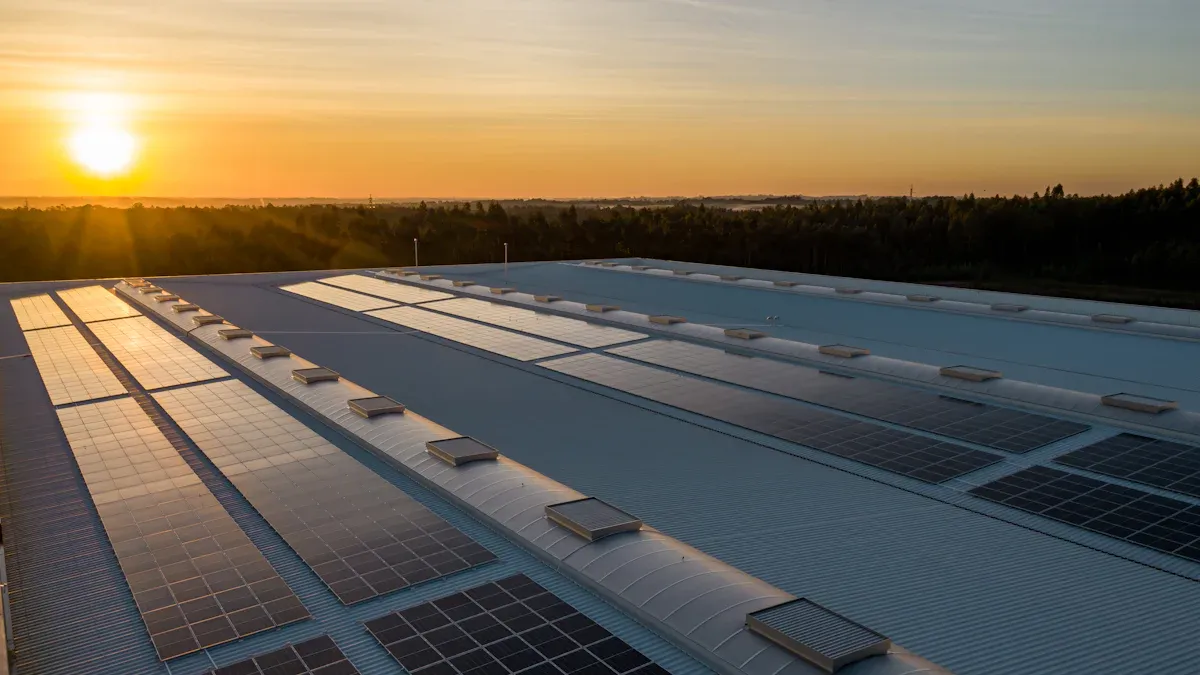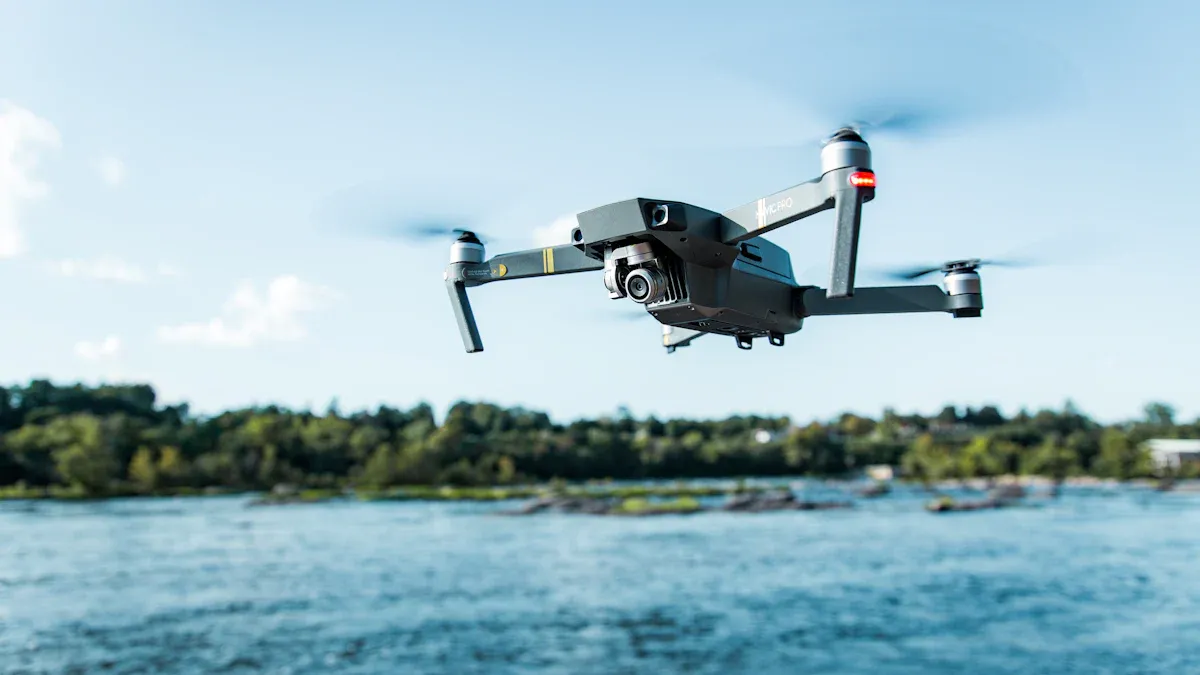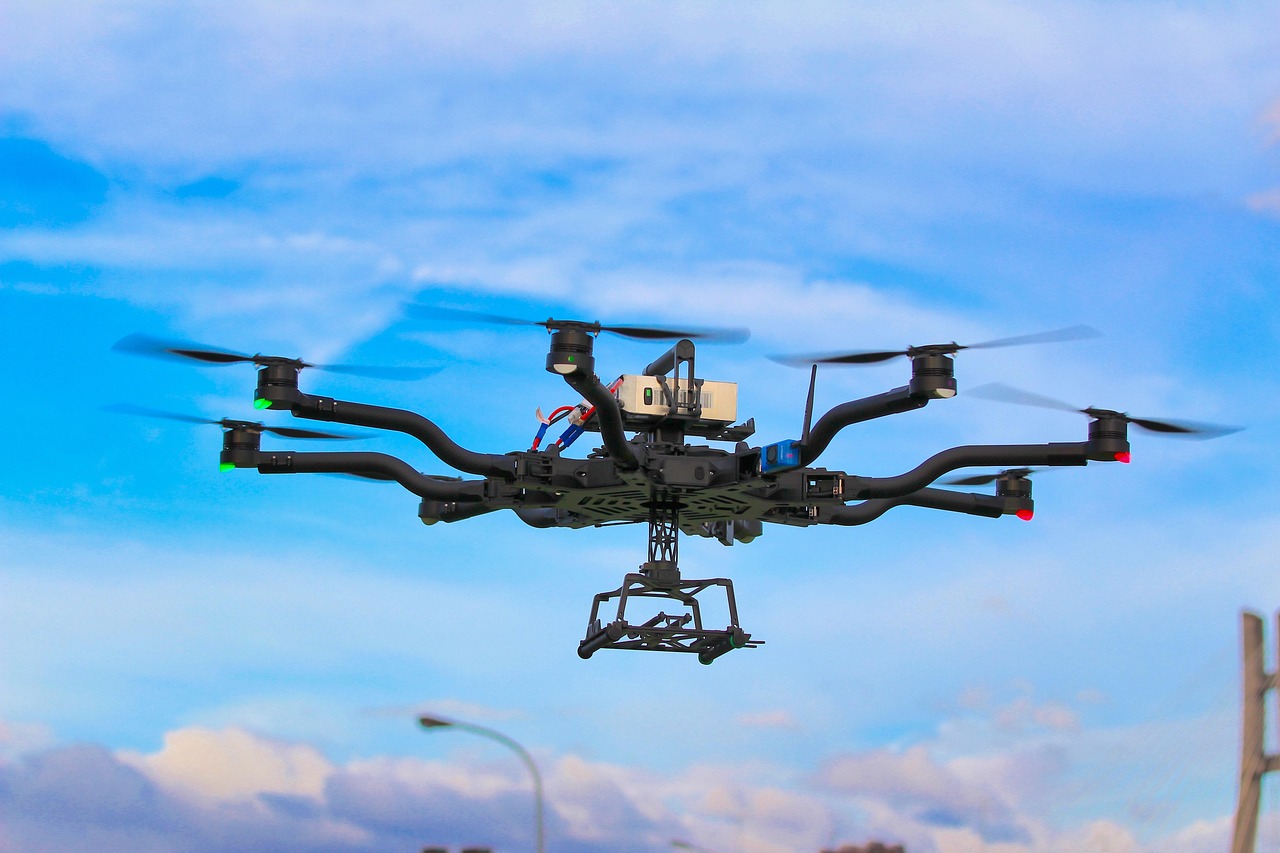
Internal resistance (IR) critically limits battery performance, safety, and Total Cost of Ownership (TCO) across high-stakes applications such as UAVs, light mobility, and energy storage systems (ESS). This fundamental challenge directly impacts global OEMs’ ability to innovate, optimize operational efficiency, and meet increasingly stringent market demands for safety and sustainability. High IR inevitably leads to cumulative energy losses, accelerated component aging, and critical voltage instability, severely compromising the final product’s reliability and increasing warranty exposure.
Herewin’s semi-solid state technology offers a groundbreaking solution that fundamentally addresses these structural limitations. This advanced battery technology provides a more stable and efficient ion transport mechanism compared to traditional liquid electrolytes, leading to significant performance improvements and ensuring superior system integrity across diverse applications.
الوجبات الرئيسية
High Internal Resistance (IR) is the root cause of critical issues, including voltage drop in UAVs, thermal runaway risk, and ESS cluster inconsistency.
Herewin’s Semi-Solid State Technology provides a structural low-IR solution, utilizing advanced material coatings and proprietary in-situ curing for superior performance.
The technology translates to maximized UAV flight endurance, enhanced system safety for light mobility, and superior reliability for ESS clusters.
IR is minimized through structural optimization (e.g., 30% ion path reduction), unlocking higher effective energy density and broader operational temperature ranges.
IR mitigation fundamentally enhances safety by suppressing destructive Joule heating, which drastically reduces the risk of thermal runaway and extends cycle life.
The IR Bottleneck in Modern Batteries
High internal resistance is a systemic threat that manifests differently across key B2B applications, creating unique performance ceilings and severe financial risks.
Power Stability & Peak Load Voltage Drop
For high-performance UAVs, which demand extreme C-rate discharge (often 20C to 50C instantaneous) for lift and maneuverability, internal resistance is the absolute limiting constraint. High IR causes a substantial and sudden terminal voltage drop under peak load conditions. This rapid voltage instability directly compromises motor control electronics, leading to unpredictable power output and throttling. The resulting power deficit limits maximum thrust, severely reduces usable flight duration, and critically increases the risk of flight attitude instability or unexpected crashing. Maintaining consistent, low IR is therefore non-negotiable for achieving the high motor efficiency and reliable payload delivery required in advanced industrial and consumer drone applications.
Cycle Life Degradation & Thermal Runaway Mitigation
Light mobility devices, such as electric scooters and bikes, face considerable challenges as battery aging accelerates. As IR rises over time, it intensifies internal energy loss, causing accelerated cycle life degradation and reducing the effective cruising range. Critically, increased IR generates heat quadratically according to Joule’s Law (Q=I^2R). This sustained energy dissipation can cause the localized temperature rise rate to reach 5 degrees C per minute, which is fast enough to initiate a dangerous thermal-electric vicious cycle. High temperatures not only accelerate electrode decomposition but also further drive up internal resistance, severely raising the risk of thermal runaway and battery swelling. Mitigating this rapid IR growth is essential to ensure user safety, extend operational lifecycles, and reduce warranty costs for the OEM.
Cluster Consistency & Circulating Current Prevention
Energy Storage Systems (ESS) rely on extreme internal resistance consistency across thousands of parallel and series cell connections for long-term viability. Variations in IR among individual battery cells are the primary cause of current distribution issues. These IR inconsistencies lead to the “barrel effect,” where high-IR cells reach their protection threshold prematurely, thus terminating the charge/discharge process for the entire cluster and severely impacting overall capacity utilization. Furthermore, IR imbalances drive current imbalances and inter-cluster circulation in parallel systems. This circulating current phenomenon reduces system efficiency, generates wasteful heat, shortens the operational lifespan, and compromises the ESS’s economic viability for the system integrator.
Understanding Internal Resistance in Batteries
Internal resistance is a complex composite value, fundamentally made up of three structural components that must be structurally minimized for high-performance applications.
Ohmic Resistance Explained
Ohmic resistance is the inherent, material-based impedance that defines a cell’s baseline resistance. This resistance is instantaneous and is primarily composed of Electronic Resistance (opposition to electron flow within current collectors and active materials) and Ionic Resistance (resistance encountered by lithium ions migrating through the bulk electrolyte and the porous separator). Controlling these fundamental properties, particularly ensuring minimal ionic path length and high electrolyte conductivity, is essential for establishing a low-impedance foundation necessary for any high-power or high-efficiency application.
Interface Contact Impedance
Interface Contact Impedance refers to the resistance generated specifically at material boundaries where current flow is restricted. It is a critical challenge, arising primarily at the interface between the electrode active material and the current collector, as well as the contact points between the current collector and the battery tab. Poor physical or chemical contact at these boundaries creates local bottlenecks for electron flow, intensifying localized heating and restricting the efficient transfer of charge. Minimizing this specific interfacial resistance is crucial for maintaining stable voltage output under the peak current demands of high C-rate applications.
Polarization Resistance Effects
Polarization resistance is a time-dependent impedance linked directly to the kinetics of electrochemical reactions. It is the dominant source of IR growth during prolonged cycling and aging and is primarily composed of two factors: Electrochemical Polarization, which is caused by the kinetic energy barrier that reactions must overcome at the electrode surface; and Concentration Polarization, which arises from concentration gradients when the local consumption or build-up of lithium ions at the electrode surface exceeds their diffusion rate through the electrolyte. Its effective control is the central focus for improving battery longevity and reliability.
Herewin’s Semi-Solid State Technology: A Low IR Solution

Herewin’s semi-solid state technology provides a dedicated, multi-faceted structural approach to simultaneously minimize all three forms of internal resistance, shifting IR management from a chemical mitigation exercise to a structural solution.
Optimized Conduction via Carbon-Coated Collectors
To resolve the critical issue of interface contact impedance, Herewin implements carbon-coated foil as the current collector. This structural innovation directly targets the contact boundary resistance:
The conductive carbon coating creates a highly stable transition layer between the active material and the metal foil.
This ensures optimized electron flow, eliminating the electron transfer bottleneck, and significantly reduces the interfacial contact impedance between the powder material and the current collector, guaranteeing efficient power transfer even under high current density.
Efficient Ion Path with Alumina-Coated Separators
Herewin structurally minimizes Ohmic resistance, particularly the ionic component, by optimizing the ion transport path:
Path Reduction: The separator is transformed using an alumina coating and integrated with a solid-state electrolyte film, allowing the separator thickness to be reduced by approximately 30%.
This physical reduction directly shortens the lithium-ion transport path, significantly lowering the overall bulk ionic resistance (Ohmic IR).
The integrated solid-state electrolyte film further improves ion conductivity, establishing a highly efficient and safer pathway for ions compared to conventional solutions.
In-Situ Curing: Stable SEI for Polarization Control
Herewin employs a proprietary in-situ curing process to form a highly stable Solid Electrolyte Interphase (SEI) film. This mechanism is crucial for controlling the aging-induced polarization resistance:
The in-situ reaction effectively stabilizes the electrode-electrolyte interface and creates a robust layer against chemical attack.
By maintaining a stable and uniform SEI layer, the technology suppresses continuous side reactions and prevents the film from thickening during long-term cycling, thereby preserving charge transfer kinetics.
This stabilization mitigates the growth of polarization resistance and ensures superior longevity and reliability across all applications.
Commercial Value for OEMs: Beyond Reduced Resistance

The structural reduction of IR translates directly into substantial, competitive commercial advantages for global OEMs across all targeted sectors, ensuring performance is stable, safety is enhanced, and TCO is reduced.
Power Density for High-Performance Applications
Low, stable internal resistance ensures voltage integrity for extreme C-rate discharge (up to 50C transient). The minimized IR ensures that even during rapid power bursts, the terminal voltage remains stable, preventing performance drops and guaranteeing reliable motor operation. This reliability enables OEMs to deliver platforms with significantly longer flight times and superior payload delivery capability, enhancing mission efficiency in industrial and professional platforms.
System Reliability & Maximum Cluster Utilization
IR consistency is the ultimate metric for ESS reliability and economic viability. Herewin’s optimized manufacturing process ensures high consistency across all cells, solving the “barrel effect,” where high-IR cells limit the performance of the entire cluster. Consistent IR ensures uniform charging and discharging, eliminating circulating currents between clusters and maximizing the usable capacity utilization of the entire energy storage unit, thereby directly boosting the project’s Return on Investment (ROI).
Safety Compliance and Suppressed Joule Heating
The structural reduction of IR directly contributes to safer and longer-lasting battery packs for light mobility OEMs. The low IR suppresses destructive Joule heating (Q=I^2R), keeping internal temperatures within a safer operating window and significantly mitigating the risk of thermal runaway caused by localized hotspots. Furthermore, the combination of reduced heat and a stable SEI film slows down the aging process, ensuring a long cycle life, which translates directly to reduced warranty costs and enhanced customer trust for the OEM.
Herewin’s semi-solid state technology provides a compelling, structural answer to the critical Internal Resistance challenge faced by global OEMs. By targeting the three components of IR—Ohmic, Contact, and Polarization—through a proprietary system of carbon-coated collectors, alumina-coated separators, and in-situ curing, Herewin mitigates performance instability, enhances system reliability, and improves safety across diverse applications.
The benefits—increased power density for drones, maximum cluster utilization for ESS, and suppressed thermal risk for light mobility—position Herewin as a strategic partner for OEMs seeking to develop superior, safer, and more sustainable battery solutions that meet evolving market demands and drive the low-carbon economy.
الأسئلة الشائعة
What is internal resistance in batteries?
Internal resistance describes the opposition to current flow within a battery. It causes voltage drops and generates heat. This resistance significantly impacts battery performance, efficiency, and lifespan. Herewin’s technology aims to minimize this critical factor for optimal operation.
How does Herewin’s semi-solid state technology reduce internal resistance?
Herewin employs carbon-coated current collectors for optimized conduction. Alumina-coated separators create efficient ion paths. In-situ curing forms a stable SEI layer. These innovations collectively lower ohmic, contact, and polarization resistance. This enhances overall battery efficiency.
What commercial benefits does Herewin’s technology offer OEMs?
OEMs gain increased power density for high-performance applications like UAVs. They achieve enhanced system reliability for energy storage systems. Improved safety compliance and suppressed Joule heating benefit light mobility. This provides a significant competitive advantage in the market.
Which applications benefit most from Herewin’s semi-solid state batteries?
High-stakes applications benefit significantly. These include UAVs requiring stable power and peak load performance. Light mobility devices gain extended cycle life and enhanced safety. Energy storage systems achieve improved cluster consistency and reliability.
How does Herewin’s technology improve battery safety?
Herewin’s technology reduces internal resistance, which suppresses destructive Joule heating. This minimizes the risk of thermal runaway. The stable SEI layer and hybrid electrolyte system further enhance thermal stability. This provides a safer battery solution for various applications.
انظر أيضاً
Boosting EV Safety And Supply Chains With Semi-Solid Batteries
Semi-Solid Versus Traditional Lithium Batteries: A Comparative Analysis
Herewin’s Semi-Solid Batteries Powering Future Wearables And Portable Devices
Revolutionizing Drone Performance With Advanced Semi-Solid State Battery Technology

